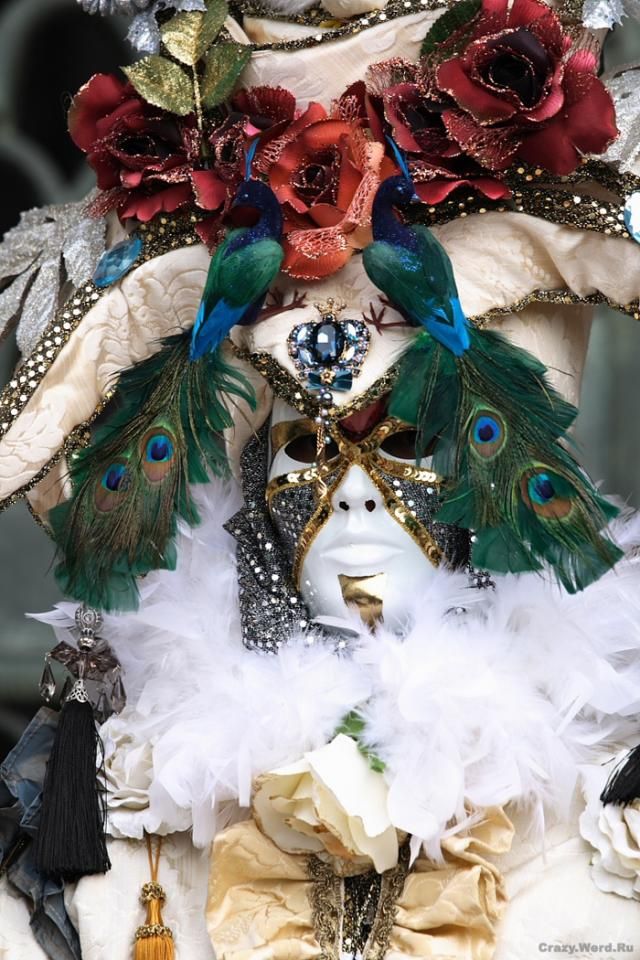|
|
Venetian Masks
|
Inuit groups vary widely and do not share a common mythology or language. Not surprisingly their mask traditions are also often different, although their masks are often made out of driftwood, animal skins, bones and feathers.
Pacific Northwest Coastal indigenous groups were generally highly skilled woodworkers. Their masks were often master-pieces of carving, sometimes with movable jaws, or a mask within a mask, and parts moved by pulling cords. The carving of masks were an important feature of wood craft, along with many other features that often combined the utilitarian with the symbolic, such as shields, canoes, poles and houses.
Woodland tribes, especially in the North-East and around the Great Lakes, cross-fertilized culturally with one another. The Iroquois made spectacular wooden ‘false face’ masks, used in healing ceremonies and carved from living trees. These masks appear in a great variety of shapes, depending on their precise function.
Pueblo craftsmen produced impressive work for masked religious ritual, especially the Hopi and Zuni. The kachinas, god/spirits, frequently take the form of highly distinctive and elaborate masks that are used in ritual dances. These are usually made of leather with appendages of fur, feathers or leaves. Some cover the face, some the whole head and are often highly abstracted forms. Navajo masks appear to be inspired by the Pueblo prototypes.
|
|









